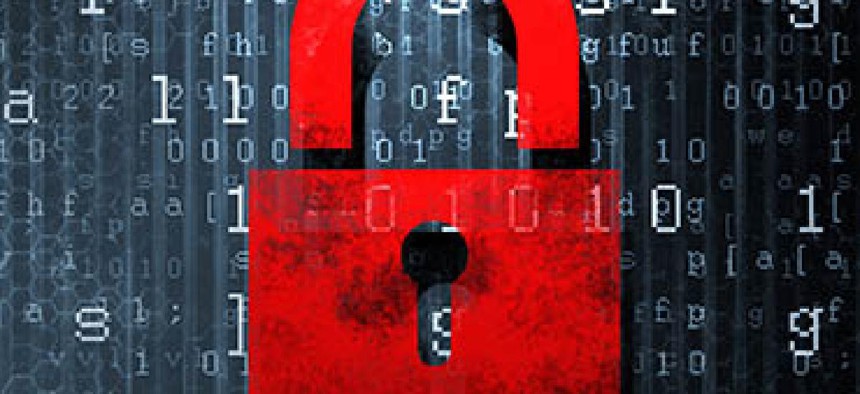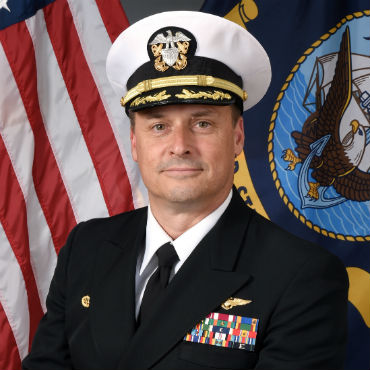Naval Research Lab hit by zero-day exploit

The sophisticated attack on NRL's unclassified network became an "experiment unto itself," NRL Commanding Officer Capt. Mark Bruington said.

Capt. Mark Bruington said a recent zero-day attack on the Naval Research Lab's unclassified network "shows that everybody can be a target."
The Naval Research Laboratory was recently hit by an attack exploiting a previously unknown software vulnerability, said Commanding Officer Capt. Mark Bruington. The zero-day attack on NRL's unclassified network "became almost a science experiment unto itself" in that it was a teachable moment for network defenders, Bruington said Dec. 3 at a National Defense Industrial Association event in Washington.
NRL has cleared the vulnerability from its network, Bruington told FCW. He would not say how long that took or when the breach occurred, only that it was recent, and he added that NRL did not receive help from industry to diagnose and resolve the breach.
"It just shows that everybody can be a target, obviously -- especially places of industry and academic institutions," Bruington said during his remarks.
The Navy has been scarred by another breach, in 2013, of the unclassified portion of the massive Navy Marine Corps Intranet. It took months to expel the hackers, whom forensic experts have said were Iranian, from NMCI. Leading the operation was Adm. Michael Rogers, who was then head of the Navy's cyber command and now runs U.S. Cyber Command and the National Security Agency.
The NMCI cleanup effort, dubbed Operation Rolling Tide, has transformed the way the Navy approaches cybersecurity and has had ripple effects on NRL's research. Bruington said the lab is closely attuned to the cyber capabilities sought by Rogers' successor as U.S. Fleet Cyber Command commander, Vice Adm. Jan Tighe.
NRL plugs directly into the network defense and information operations centers of the 10th Fleet, which runs the Navy's cyber command, and responds to queries for new capabilities. For example, if a fleet component is interested in "self-healing" software networks, NRL runs that through modeling, Bruington said.


